Affiliate links on Android Authority may earn us a commission. Learn more.
Physical keyboard revivals are quaint, but nothing more
Published onFebruary 15, 2018
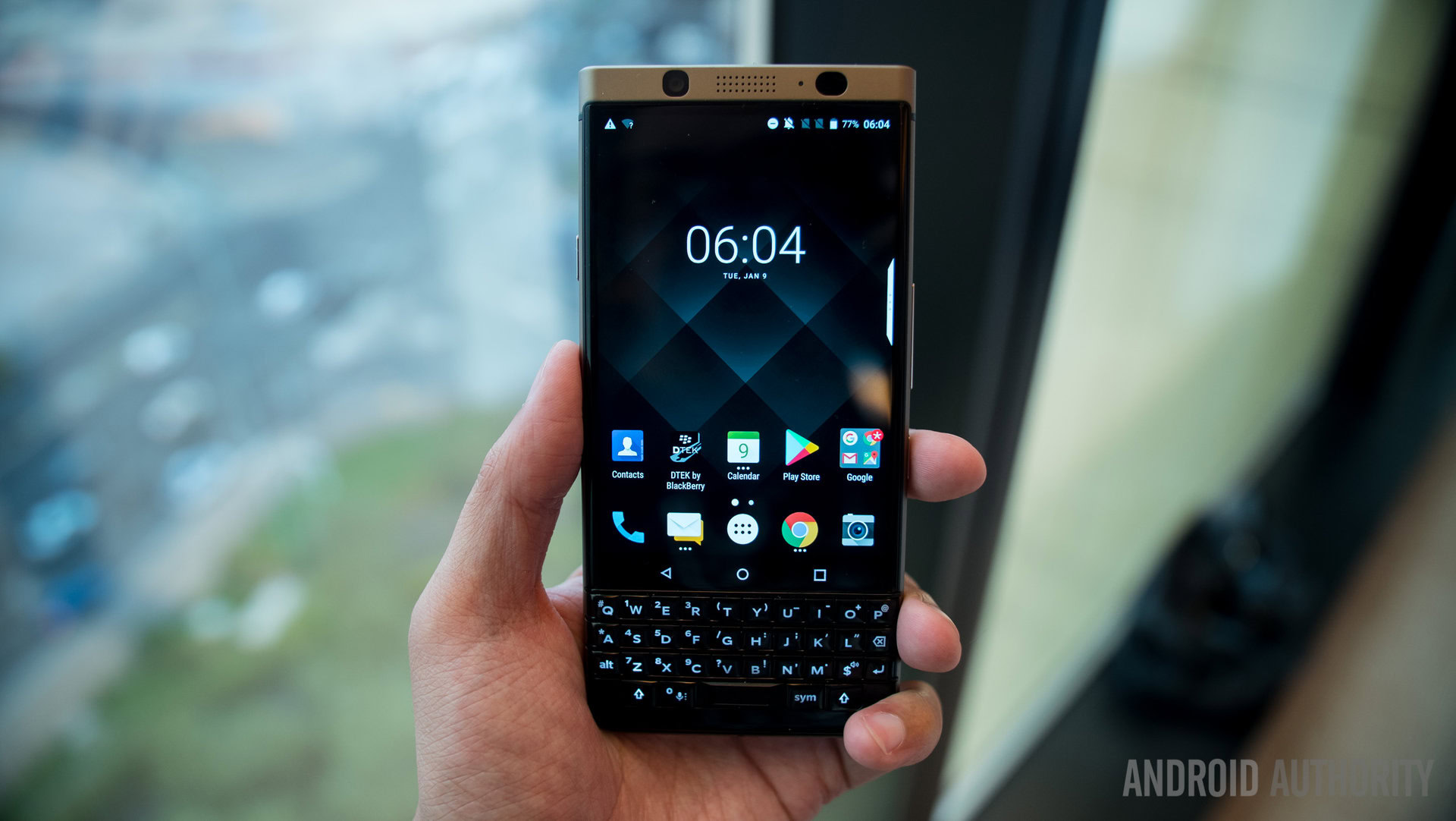
One of the neat things about industry conventions like CES and MWC is all the new and exciting ideas that spring forth. New innovations. New products. Sometimes we also get throwbacks, hearkening back to an earlier time. Phones with physical keyboards, for example. Personally, I thought we had all moved on from them. There are a lot of reasons why we don’t use physical keyboards anymore. Entertaining the notion of of one seems laughable in 2018.
Or so I thought.
This year we saw a new edition of the BlackBerry KEYone — the Bronze edition. This new version of the phone has all the same insides as the Black edition of the same phone, but with a new bronze finish. It’s an attractive entry to round out the lineup of the KEYone, which also comes in silver and black. Black is my personal favorite, but that bronze is pretty.
Read Next: Best keyboard phones
BlackBerry proponents will say the physical keyboard frees up screen space. With no virtual keyboard, you can see a lot more when typing. That’s really only partially true — the physical keyboard sucks up physical space, which limits screen size in the first place. If you want anything other than letters or numbers, you need a virtual keyboard anyway, which completely defeats the purpose to begin with.
BlackBerry has been beating this war drum for a long time now, so we shouldn’t really expect it to change its tune (though it released the all-touchscreen BlackBerry Motion). Physical keyboards are BlackBerry’s thing, so it can be understood, if not condoned.
Now another company is bringing a new product to this space; one with just as much of a history as BlackBerry, but without the historical attachment to physical keyboards.
Sidekick revival
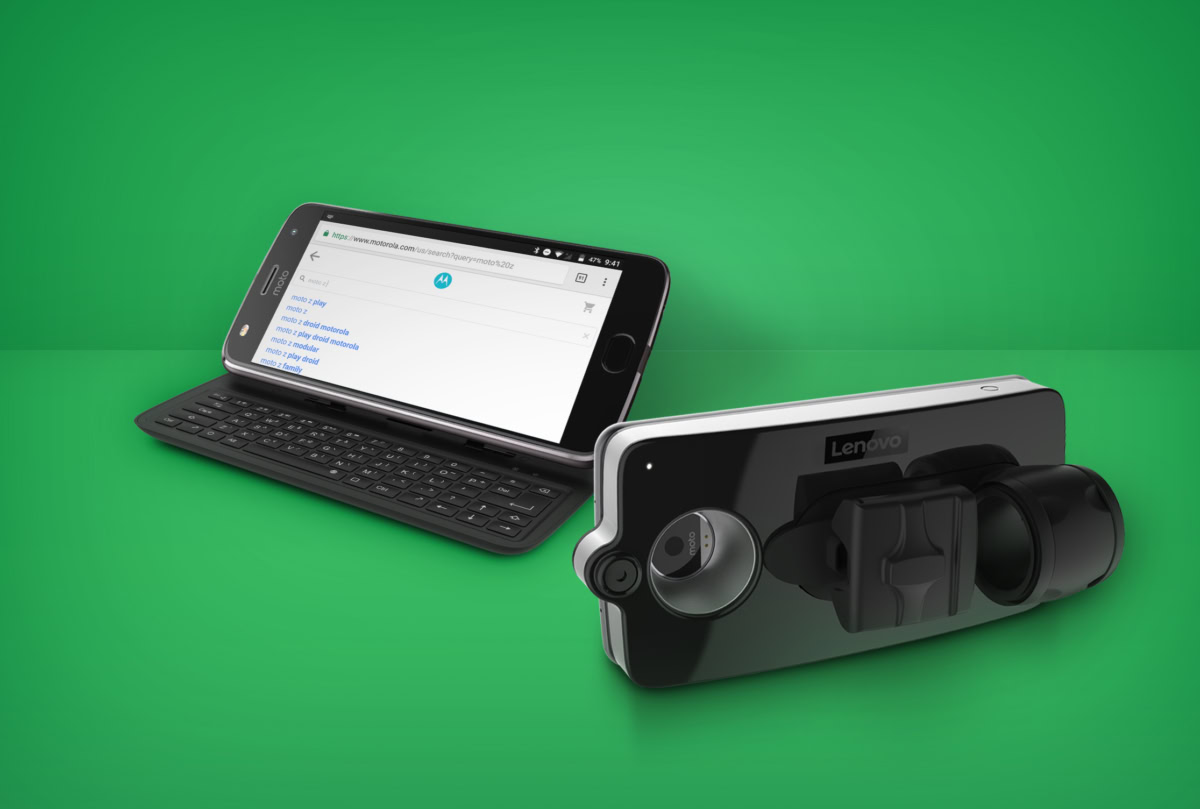
A new Moto Mod by Livermorium given us a new slide out keyboard for the Moto Z. A product of Motorola’s Transform the Smartphone Challenge of 2017, the mod brings back the physical keyboard to those yearning for some good old fashioned button pressing. This is reminiscent of the landscape keyboard typing days of yore. The benefit to the landscape keyboard is of course that bigger keys allow for more accuracy. The Mod even allows you to tilt your phone up to 60 degrees for a “desktop typing experience.”
If you happen to be a fan of the physical keyboard, Motorola bringing a new keyboard to market has to be pretty exciting. But even with the nostalgia running at full blast, we have to wonder if maybe it’s time to close that hydrant up. Haven’t we evolved past the physical keyboard at this point? Isn’t the physical keyboards such a novelty because we’re a virtual keyboard society now?
Let’s get physical
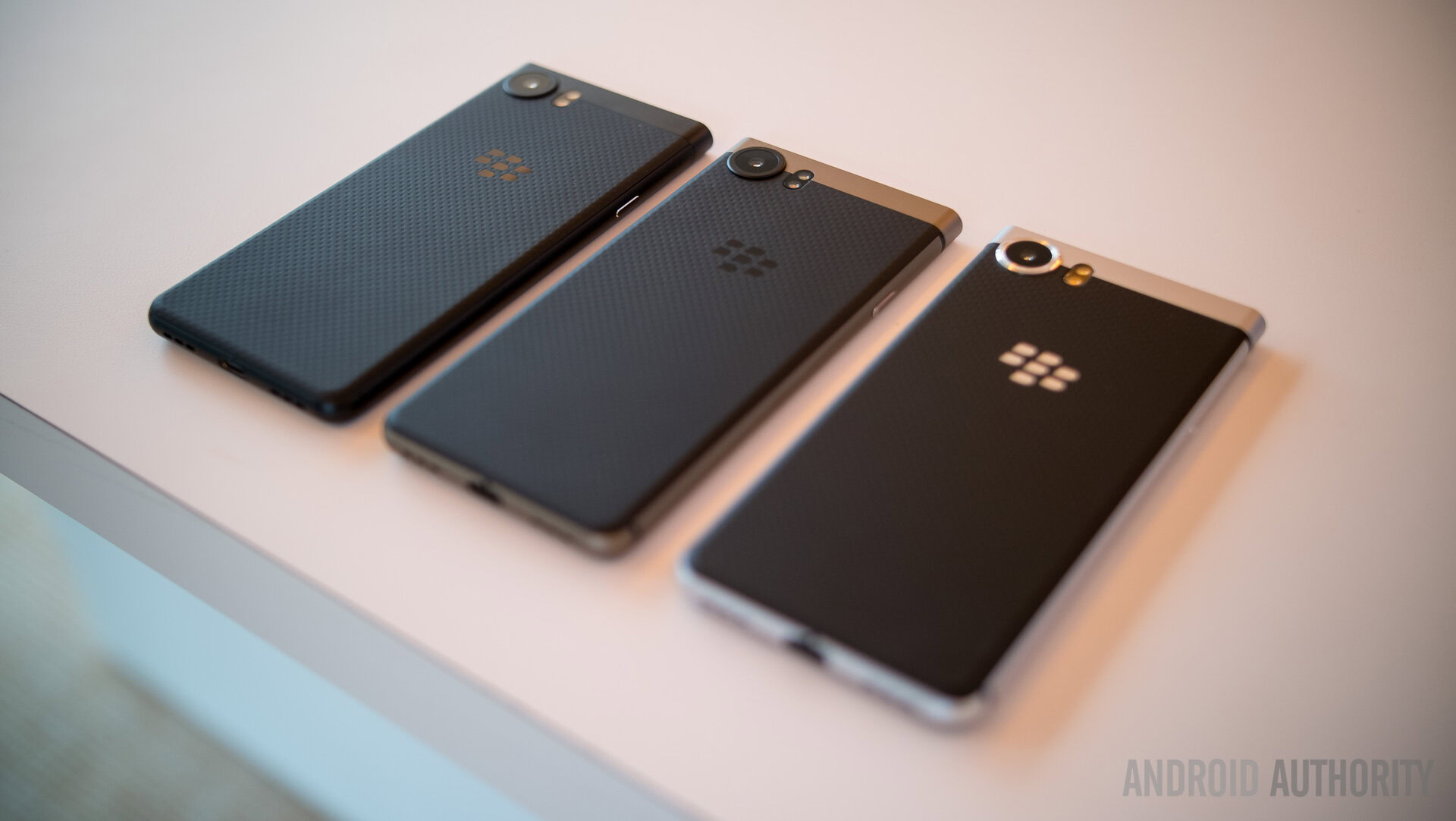
There are a few advantages to having a physical keyboard — the 35% of you who love them aren’t totally misguided. BlackBerry in particular takes advantage of the idea with its programmable keys. Pressing and holding the letter “T” can open Twitter, for example. That kind of concept isn’t available in a software keyboard. A physical keyboard also doesn’t intermittently gobble up space on the screen, which allows your phone to have a more consistent look.
To me, the Moto Mod seems like a regression, and not in a cool retro way. A landscape sliding keyboard reminds me of so many phones from the early days of Android, like the Sidekick or the blur. The landscape keyboard has never been a personal favorite of mine — I don’t like virtual ones, either. Holding a phone to type in landscape is awkward. Using your thumbs for keys spaced so far apart is awkward. Having the Moto mod tilt the phone up so it can rest on a surface is awkward. No one will use this to type on a desk. The whole experience is just awkward.
Moving forward
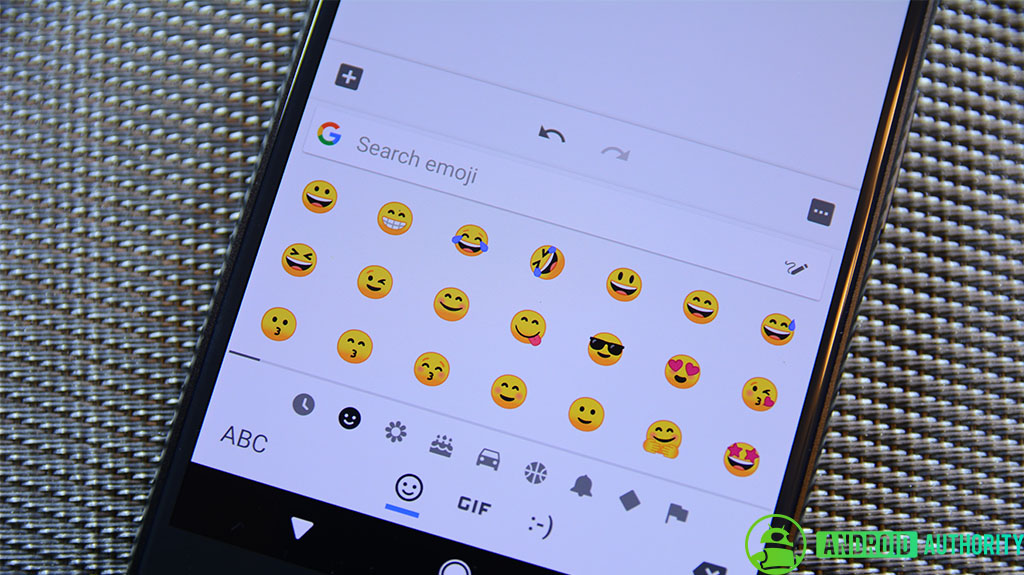
Virtual keyboards are the more predominant input mechanism in today’s smartphones for a reason: they’re easy to use and come with their own advantages over their physical counterparts. Autocomplete and swipe typing are two big ones. They’re so big that BlackBerry actually incorporated them both into the KEYone — though the implementation isn’t as good, in my opinion.
Virtual keyboards are a lot more versatile. These days, a keyboard is increasingly less about letters and numbers, than about emojis, stickers, and gifs. For better or worse, it’s how communication is evolving. Using an emoji along with a physical keyboard involves a second virtual keyboard on the screen above the physical keyboard, essentially taking up twice the space.
What works
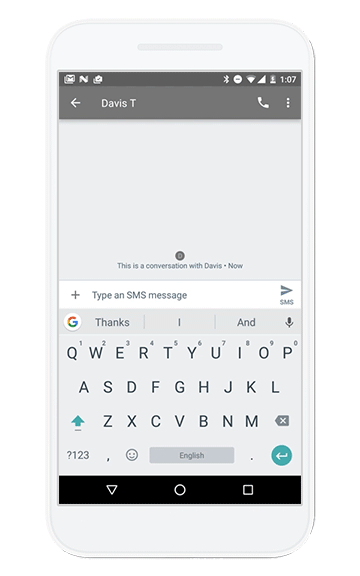
Virtual keyboards are not perfect, but they are better than physical keyboards in many ways. Physical keyboards have been weighed, measured, and found wanting. We’ve moved on, and smartphones are better for it. There is a whole host of other gadgets out there better for writing on the go. I personally carried a KEYone for months — I never wrote more than a few sentences with it, and I’m a writer. BlackBerry and Livermorium want to give you a choice, and that’s fine. But they need to understand that they are serving a niche market shrinking by the day.